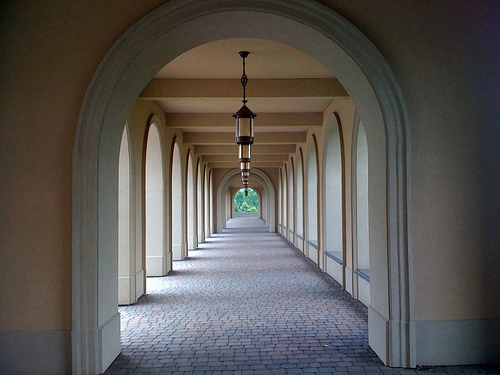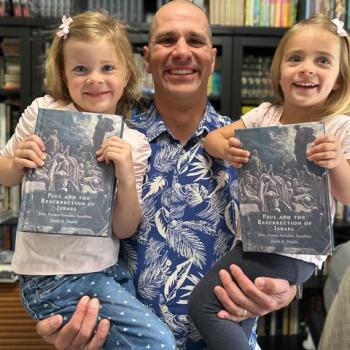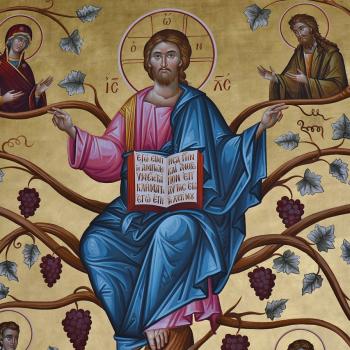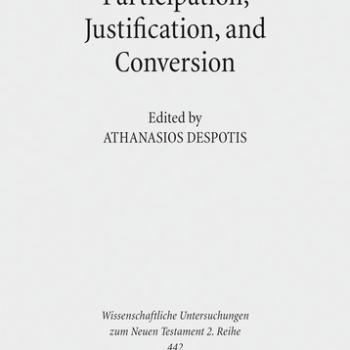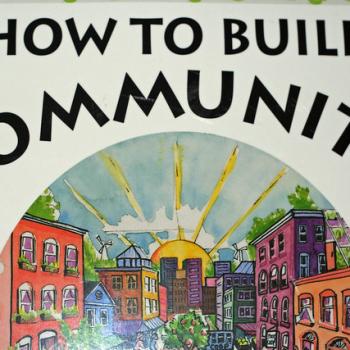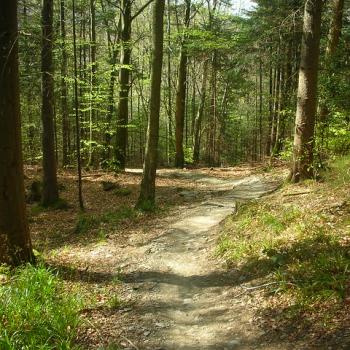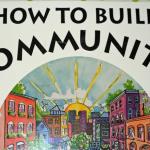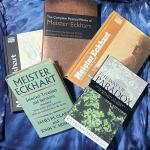We strive to build organizations that will last longer than we do. We try to understand our values, find a vision that expresses them, and put it into practice. We do our best to enlist other people and find healthy ways to work together. We celebrate when we maintain our efforts for five, or ten, or twenty years.
Benedictine monastic communities are guided by Benedict’s Rule, written 1,500 years ago. In everyday, practical language, Benedict spells out how monastic community works. He writes very specifically about many practices, and creates a context for community.
Benedict writes with insight and clarity about how monastic life is lived in work, in worship, in rest. Underlying his guidance on meals and schedules is the understanding that the community serves its members. The focus of monastic community is not on building a great organization, but on strengthening its members. Monastic communities do not exist to produce great monasteries, but to produce healthy monks.
One of the great insights of Benedict’s Rule is that communities consist of individuals working together. Yes, some communities, and groups of communities, may have lost sight of that from time to time. The Benedictine understanding of community has endured as people have returned to it again and again.
We relate differently to organizations that expect us to contribute to their greatness than we do to those that want to draw out ours.
Benedict describes how monastic community can develop the potential of each person drawn to participate in it. He provides healthy ways for people to get along as they journey together, and healthy boundaries.
Building and sustaining community, especially community that serves its members, is a long term effort.
What can we do today to build community for tomorrow?
How well do our communities serve their individual members?
[Image by Rory Finneren]


